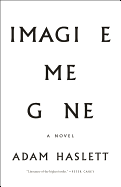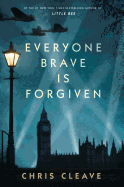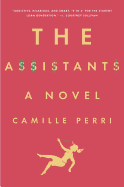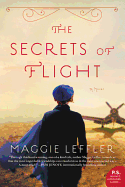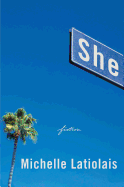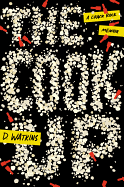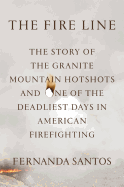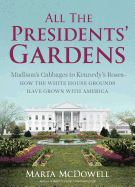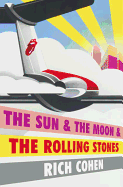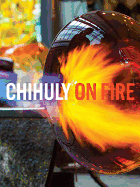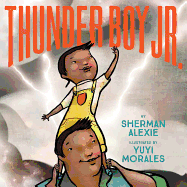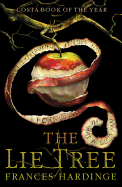_Nick_Oza_small.JPG) |
| photo: Nick Oza |
Fernanda Santos covers Arizona and New Mexico as the Phoenix bureau chief for the New York Times. Her experience as a journalist is broad, crossing two continents, several languages and a range of subjects. Her first book, The Fire Line (Flatiron Books), is about the deadly 2013 Yarnell Hill, Ariz., wildfire that killed 19 members of the firefighting team the Granite Mountain Hotshots. Our review is below.
How was writing this book different from newspaper work?
I wanted to write a book because I couldn't answer the questions that I wanted answered in newspaper stories. I knew that somebody would write about this fire, and I would have tortured myself for the rest of my life for not having had the courage to write it. I called a colleague in New York, and he said, look at every chapter as a story. Can you write a 4,000-, 5,000-word story? And I said yes, I can write that. He said they just all have to connect in the end. And it seemed so simple.
On one hand, it was that simple. But on the other hand, it's very different than writing a newspaper story. I had complete control over it. In newspapers, the editors get hold of your text and shape it, or send it back to you and ask for more of this or that, because they want to drive a specific point. With the book, I kept waiting for the moment when the editors would get my chapters and start telling me where to go and what to do next, and it never came. When I was halfway through, I sent it to Colin Dickerman, my editor at Flatiron. I didn't even know if I'd written something that resembled a book. And he said, there's a lot of great material here, great reporting, but it's a little confusing. Why don't you do an outline? And I thought, oh! I guess that would help! With the outline, everything was easier. I set deadlines for each chapter. I only had a certain amount of book leave, and I didn't want to jeopardize the job that I really love. So I assigned myself these stories, like my friend told me, and pursued the deadlines as if an editor was there to enforce them. And all of a sudden it flowed, just naturally evolved from one chapter to the next. A lot of the skills I used were developed over those years writing newspaper stories.
How did you gain access to these men's families, and their trust?
I approached it very differently than I would if I were to just write a story about the deaths. I was not looking for a quote, or a quick couple of lines to throw in a story to define a character. I really wanted to understand who these men were, and I figured the best way to do that was if I got to meet their families. I had a friend in common with the wife of Andrew Ashcraft. I asked this friend to reach out to her, and we met. Then she referred me to her mother-in-law, who was close to another mother, who was close to another family, and the word started to get around. I guess they liked me. They said I had a lot of patience, and I was very interested in learning their stories.
I wrote letters to other families. I explained what the book was about, why I wanted to talk to them, and I said that although I had their addresses, I had not gone knocking on their doors because I didn't want to add to their anguish. I wanted to leave them in control. I wanted them to reach out to me, and say if, when and where. And before I realized it, I had met everybody.
I also went to the fire academy in Prescott, where a lot of the Hotshots trained, and some of them taught; one of them, Eric Marsh, helped found the academy. I did the basic training, and then another course, and I'm actually going back to a third. I wanted to understand the world they inhabited, because wildland firefighting is a very small world, very tight. Once I went through the academy I could understand better what former members of the crew and families of the men had told me.
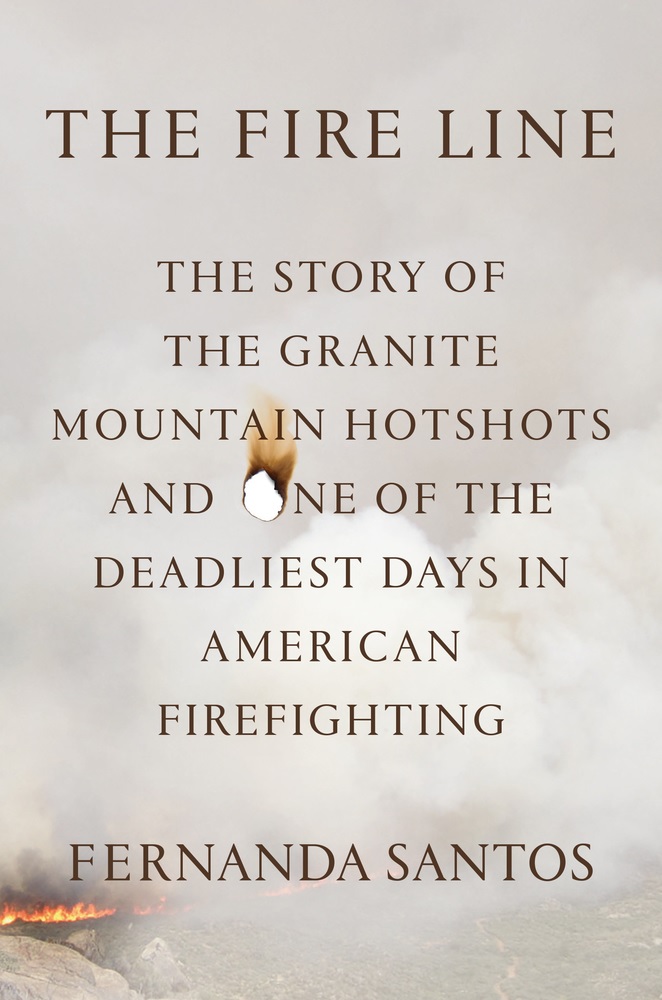 I love that you explore so many facets of this story: firefighting techniques, the history of fire management in the United States, the science of weather forecasting.
I love that you explore so many facets of this story: firefighting techniques, the history of fire management in the United States, the science of weather forecasting.
I realized early on I had to explain three things. Readers had to understand what wildland fire is, what it is like to fight a wildfire. They had to understand the very specific conditions of the vegetation in that part of the state, which obviously connects to the bigger issues of the drying of the west, climate change, the warming of the planet. And they needed to understand the characteristics of the storm that hit the fire, that hooked the flames and turned them around on the men. So I spent a lot of time in the National Weather Service office here in Phoenix, and the office in Flagstaff. I hung out with meteorologists, asking questions. They referred me to some texts. And I had two very thick fire policy books that I read, which were very helpful. I met several times with the author of those books, Stephen Pyne. In fact, he read my manuscript to make sure I didn't embarrass myself.
It was in some ways a relief, when the emotional side of things became hard to deal with--you know, spending six hours with a widow, talking about a husband and a life that in many ways resemble my own. These guys were younger than my husband, but we like to do a lot of the same things these guys liked to do with their wives; we have a child, a lot of them had kids--so you understand the broad outlines of a life at home. Emotionally, that is very hard. There were times that I really looked forward to sitting down with a meteorologist and talking about science. It gave me a break, and recharged me so I could go back and sit down with another family for hours and talk about whatever they wanted to talk about. My husband says that I report with my heart first, which is why sometimes I come home a total wreck. I hope that's what comes through.
Was it easy to return to your work for the Times?
It was not easy. I went from an environment where I was in complete control, and I took the story as far as I wanted to take it, to an environment where I have limits to the stories I write, the amount of time I can spend, even the way I write them. I remember telling my editor after one frustrating story, how is that I can write a book and I can't write a story? And he said you can write both, but you can't write a story as if you are writing a book.
I miss my book. It's very weird, but I miss the intimate connection that I had with that story.
This was very rewarding, then.
It's interesting. I'm from Brazil. I came here as an adult, I'd never written a story in English, I went to graduate school, I've been at the Times 10 years, and now I've written a book about wildfires. A very American story, in some ways. It was such an empowering experience for me, as a person. We know all the conventions, the boxes people try to fit us into. You're a woman, you're an immigrant, you're a Latina; therefore you're expected to know about immigrants, Latinos, parenting. Not about firefighters, a real man's world. Because English is not my first language, how dare I write a book? Those were the things in my head. What are you thinking? Why did you get yourself into this? I had all these battles with myself, and I obviously overcame them, because I wrote the book. To me, that was such a priceless experience. My daughter is six, and I've been talking to her about what people say you can and can't do, what girls can't do. And in Latin culture we're very respectful to authority. So I'm telling her, sometimes you have to break the rules. Sometimes you have to try something that people think you're never going to be able to do, so you can prove to them that you can. It really taught me a lot about how far I can go. --Julia Jenkins, librarian and blogger at pagesofjulia
Fernanda Santos: Reporting from the Heart
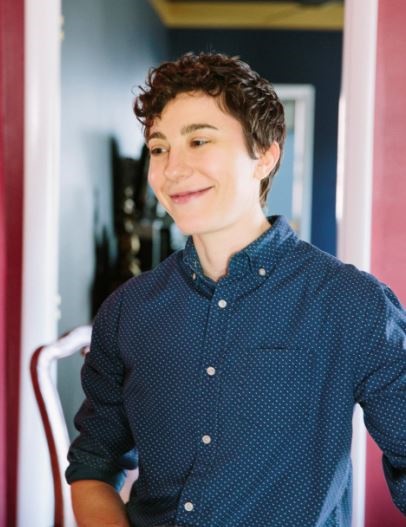



_Nick_Oza_small.JPG)
 I love that you explore so many facets of this story: firefighting techniques, the history of fire management in the United States, the science of weather forecasting.
I love that you explore so many facets of this story: firefighting techniques, the history of fire management in the United States, the science of weather forecasting. 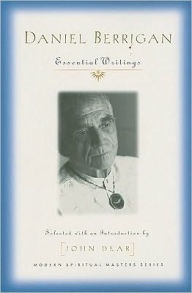 Jesuit priest, poet, author and activist Daniel Berrigan
Jesuit priest, poet, author and activist Daniel Berrigan 